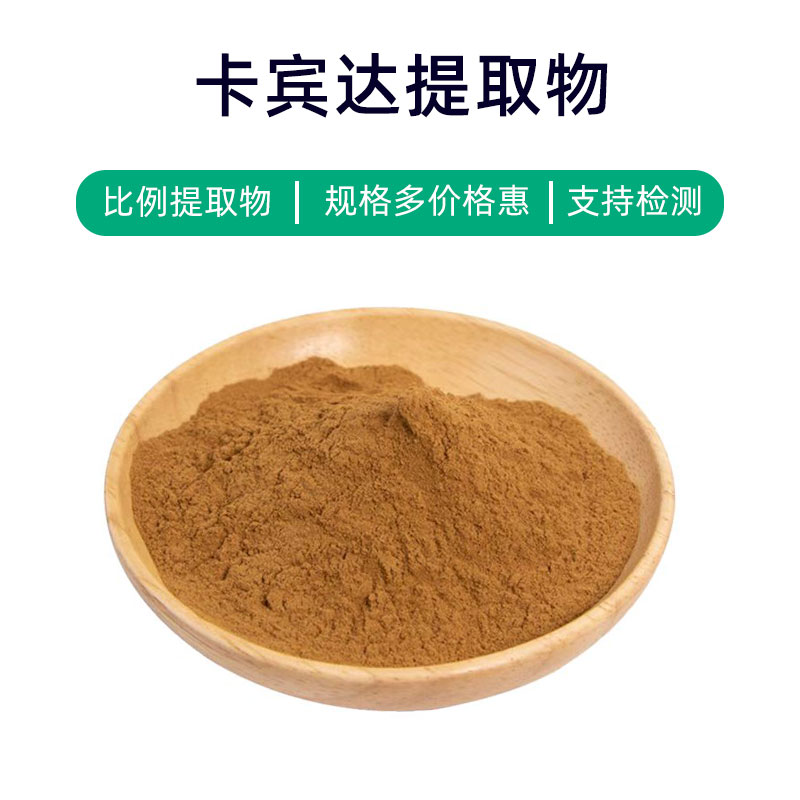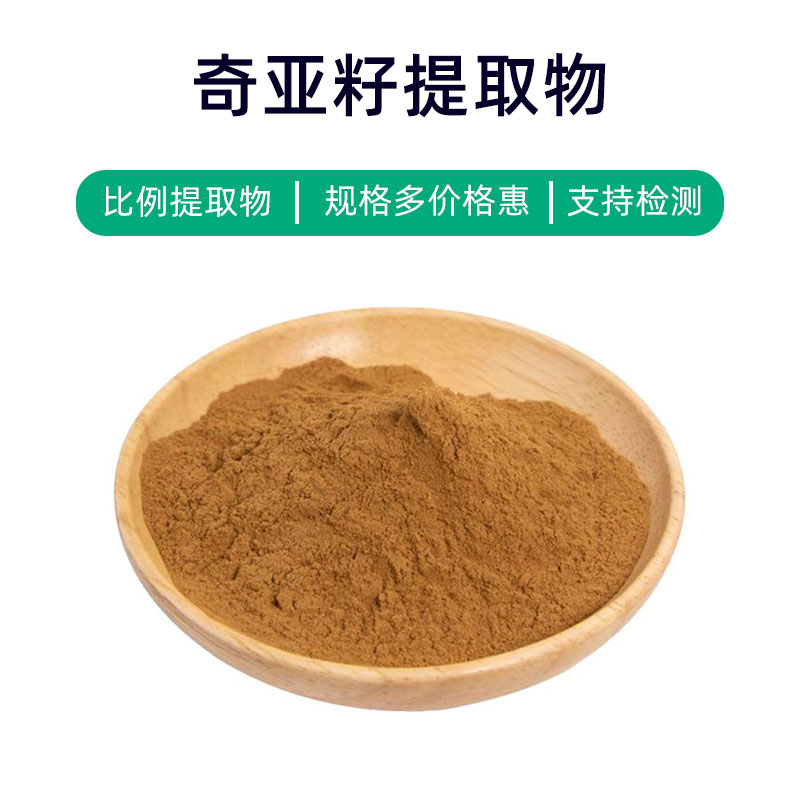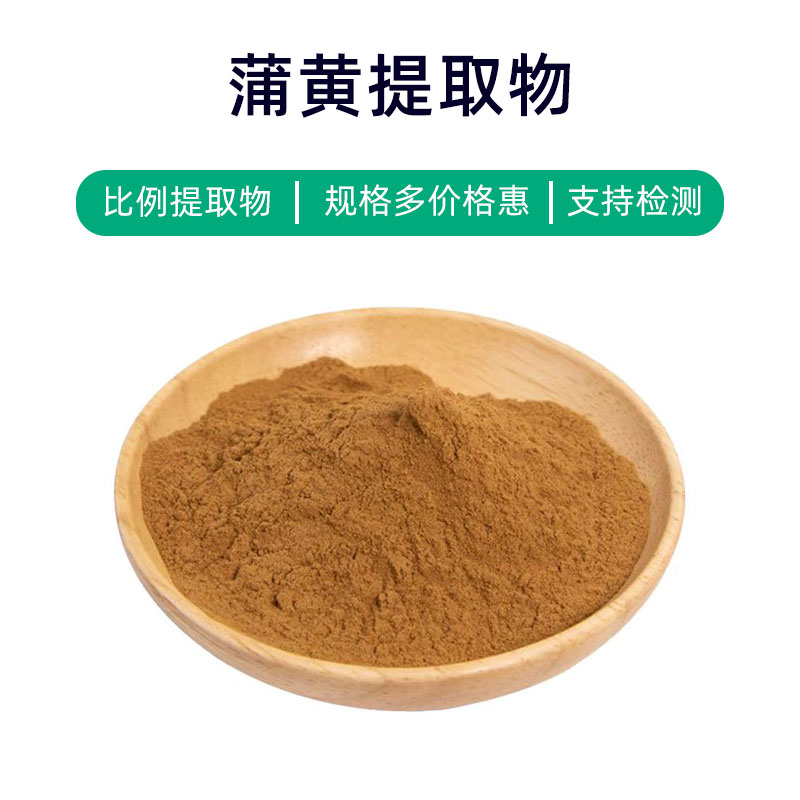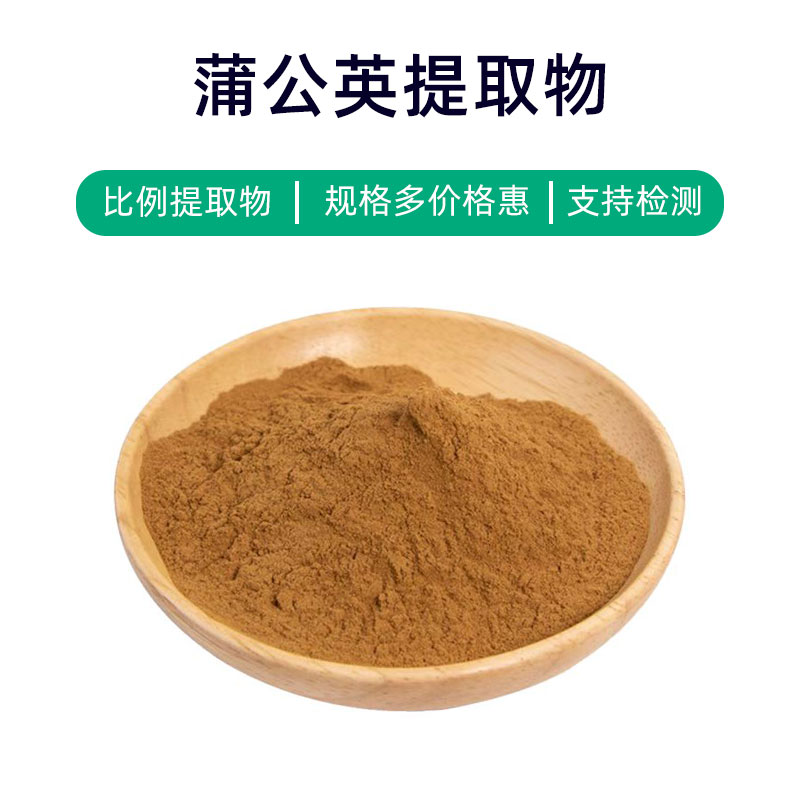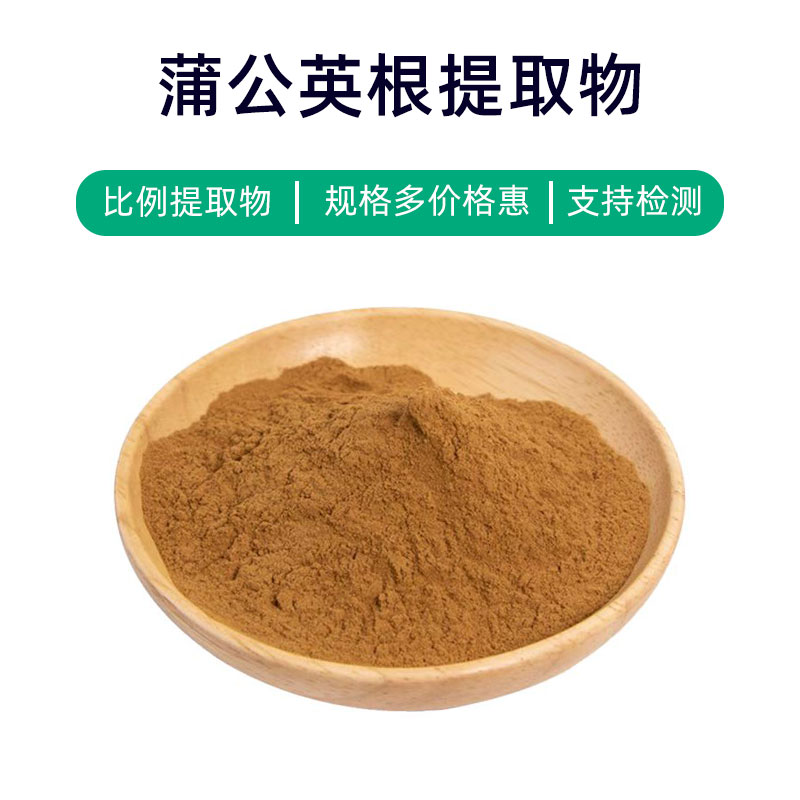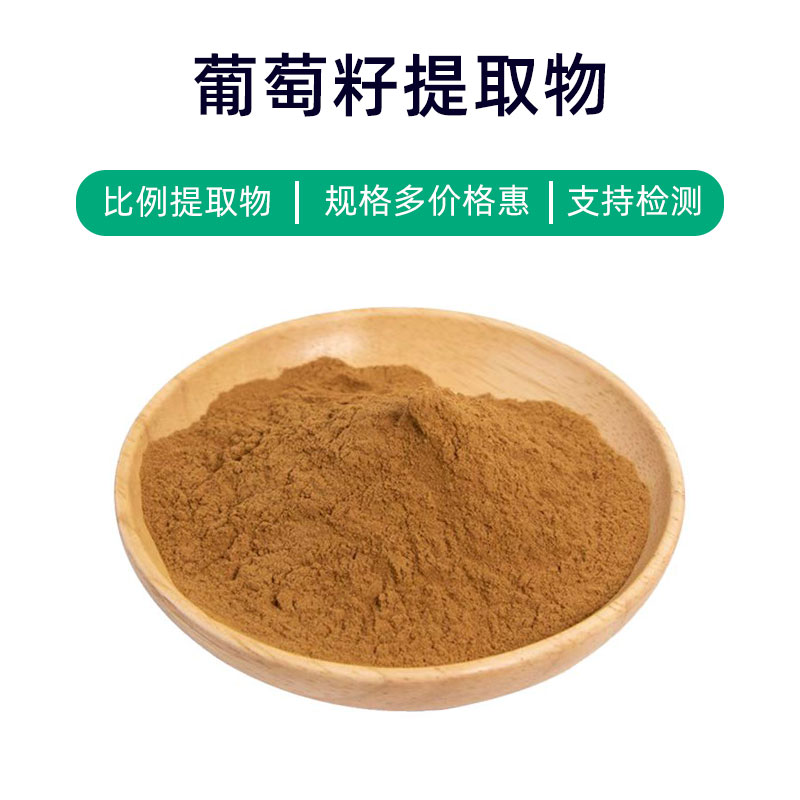Ivy Extract Product Introduction
Ivy extract is a natural plant extract derived from the leaves of the ivy plant (Hedera helix). Its main components include saponins, polyphenols, and flavonoids, which contribute various benefits, making it a popular ingredient in skincare products.
Ivy extract is commonly utilized in skincare for several reasons: firstly, it provides refreshing hydration, effectively moisturizing the skin and enhancing its ability to retain moisture, keeping it supple and elastic; secondly, it has soothing anti-inflammatory properties, helping to reduce skin inflammation and discomfort, particularly beneficial for sensitive skin and those with broken capillaries; in addition, ivy extract helps condition the skin, balancing oil secretion, tightening pores, and improving skin texture for a smoother and finer appearance.
In summary, ivy extract is a versatile natural ingredient that offers various skincare benefits, providing comprehensive protection and care for the skin. Thus, it has become a favored component for many when selecting skincare products.
Ivy Extract Production Process
The production process for ivy extract typically involves the following main steps:
- Raw Material Collection: Fresh ivy leaves (Hedera helix) are collected as the raw material for extraction. Healthy, disease-free leaves are chosen to ensure the quality of the extract.
- Cleaning: The harvested ivy leaves are thoroughly washed to remove impurities, soil, and residues, ensuring the purity of the extract.
- Crushing: The cleaned ivy leaves are crushed or ground into small particles or powder suitable for extraction.
- Extraction Process: The crushed ivy leaves undergo extraction, typically using water or organic solvents. It is essential to control the temperature, time, and concentration of the extractant to ensure the complete extraction of active components.
- Filtration and Concentration: After extraction, the extract is filtered and concentrated to remove residues and solvents, enhancing the purity and activity of the extract.
- Drying: The concentrated extract is dried to convert it into powder or granule form. The drying process must control temperature and humidity to maintain the extract's stability and quality.
- Packaging and Storage: Finally, the dried ivy extract is packaged in a sealed manner to avoid direct sunlight and humid environments. Proper packaging and storage can prolong the shelf life of the extract and maintain the stability of its active components.
These steps constitute the production process of ivy extract, where each step must be strictly controlled to ensure the quality and safety of the final product.
Ivy Extract Benefits and Side Effects
Ivy extract, as a natural plant extract, offers various benefits primarily due to its rich active components like saponins, polyphenols, and flavonoids. Here are the significant benefits of ivy extract:
- Anti-Inflammatory: The saponins in ivy extract have notable anti-inflammatory properties that can alleviate skin inflammation, reducing redness, swelling, and itching.
- Moisturizing: Polyphenols provide excellent moisturizing effects, increasing skin hydration and improving issues of dryness and roughness, making the skin more resilient and radiant.
- Antioxidant: Ivy extract is rich in polyphenols and flavonoids, offering antioxidant properties that neutralize free radicals, slow down skin aging, and reduce the appearance of fine lines and wrinkles.
- Skin Conditioning: Ivy extract helps balance oil secretion, tighten pores, and improve skin texture, leaving it fresh and refined.
- Soothing Sensitivity: Ivy extract has soothing effects, helping to relieve discomfort for sensitive skin and reduce redness and allergic reactions.
Despite its many benefits, caution is necessary when using ivy extract due to possible side effects. Some individuals may be allergic to certain components within the extract, so a patch test is recommended before use. Additionally, excessive or improper use may lead to skin irritation or allergic reactions. It is advisable to follow the guidelines provided in the product instructions and consult healthcare professionals when necessary.
Overall, ivy extract is a natural plant extract with multiple skincare benefits, providing comprehensive care and protection for the skin. However, careful selection and awareness of personal skin type and usage methods are required during application.
Ivy Extract Application Scenarios and Dosage
Ivy extract is widely applied in the fields of medicine, food, and cosmetics. Here are the applications and recommended dosages of ivy extract across different sectors:
- Medical Applications:
Ivy extract is commonly used in traditional Chinese medicine formulations, believed to clear heat and detoxify, relieve coughs, and promote blood circulation. In medicinal preparations, it may serve as an active ingredient or an excipient, forming oral liquids, capsules, or patches. Dosages should be determined based on specific formulations and conditions, usually under medical supervision. - Food Applications:
In the food industry, ivy extract is often found in functional foods, recognized for its benefits of clearing heat, moisturizing the lungs, and promoting vitality. It can be added to health supplements and nutritional products. Dosages depend on product formulations and food standards, with recommendations for low concentrations to achieve health benefits. - Cosmetic Applications:
Ivy extract is frequently included in skincare products for its refreshing moisturizing, soothing anti-inflammatory, and skin conditioning effects. It can be found in creams, lotions, serums, and masks. Dosages should be determined based on product formulations and skin type requirements, typically suggesting moderate amounts to avoid adverse reactions from overuse.
In summary, ivy extract serves as a valuable natural ingredient across these fields. When using it, appropriate dosages should be chosen based on the product type and purpose, while strictly adhering to relevant regulations and standards to ensure the safety and efficacy of the products.
Ivy Extract Source Plant Introduction, Distribution, and Growth Environment
Ivy (scientific name: Hedera helix) is a common climbing plant belonging to the Araliaceae family. It is a perennial woody vine typically characterized by its stems and aerial roots that cling to trees, buildings, or rocks. Ivy leaves are heart-shaped or palmate with a glossy dark green surface.
Ivy has a wide distribution, originally native to Europe and Western Asia, but now introduced to many regions worldwide, including North America, Australia, and New Zealand. In natural environments, ivy typically grows in forests, thickets, mountains, and on rocks, as well as in urban and rural gardens, parks, and courtyards.
Ivy is highly adaptable and has broad requirements for growth conditions. It prefers semi-shaded, humid environments but can thrive in sunny areas, though it favors cooler spots. Ivy can grow in various soil types, such as sandy, loamy, or calcareous soils, as long as there is good drainage. It is cold and drought-resistant, adapting well to different climate conditions, with a preference for mild and moist climates.
Ivy is valued for both ornamental and medicinal purposes. Aside from being widely grown as an ornamental plant, its leaves are used in herbal medicine and are believed to have various medicinal properties, including clearing heat and detoxifying, as well as relieving coughs and phlegm. However, caution regarding dosage and methods of use is advised to prevent adverse reactions.
In conclusion, ivy is a common climbing plant with extensive distribution and adaptability, growing in various environments such as forests, mountains, and urban areas. It holds both ornamental and medicinal value and occupies a significant place in folk medicine applications.
Ivy Extract Processing and Storage
The processing of ivy extract typically involves steps such as cleaning, crushing, extracting, filtering, concentrating, and drying. During processing, it is crucial to maintain strict control over temperature, pressure, and extractant concentration to ensure the quality and purity of the extract. Once processed, ivy extract should be packaged securely and stored in a cool, dry environment, away from direct sunlight and high temperatures. Proper storage techniques can extend the shelf life of ivy extract and maintain the stability of its nutritional components.
Monica Sun is a seasoned expert in the plant extraction industry with over a decade of experience in research and production. She specializes in the extraction and purification of plant active ingredients, focusing on driving innovation in natural product applications. Monica has participated in the development of multiple functional plant extracts, delivering high-value natural raw material solutions for the health food, pharmaceutical, and dietary supplement sectors.









